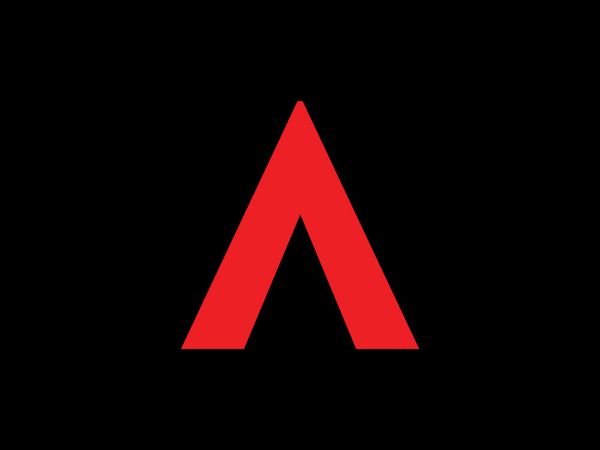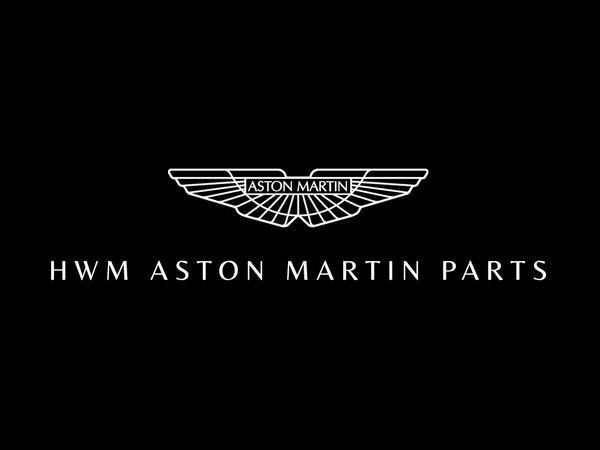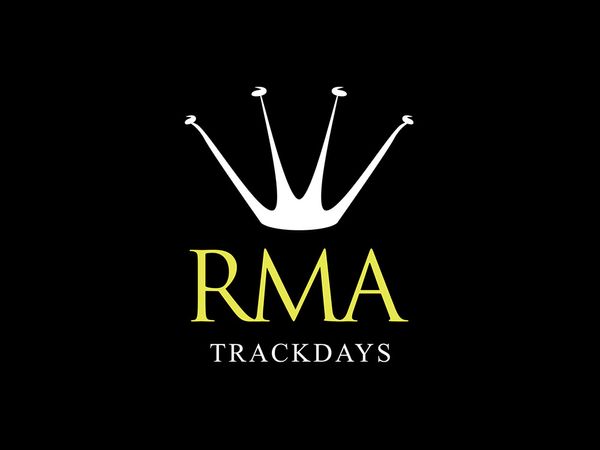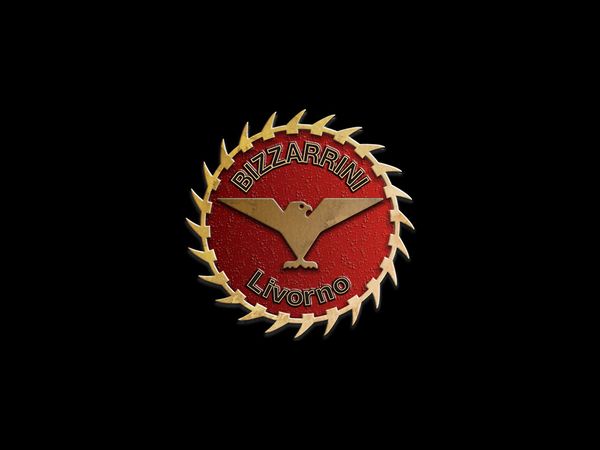This weekend, the Italian Grand Prix takes place at Monza, the only Italian race on this year’s calendar following the cancellation of the one at Imola, because of flooding in the Emilia-Romagna region back in the Spring. Monza has hosted more world championship Grands Prix than any other track and, as usual, a large crowd of home fans are expected to turn up to support the Scuderia. Carlos Sainz and Charles Leclerc and the entire team are counting on that support and are hoping to pay them back with a strong showing, getting the most out of the SF-23, which so far this season has proved to be not that easy to drive, even if on some tracks it has been second best behind the team that has dominated the championship so far.
Temple of Speed. Monza is now the only truly high speed circuit on the calendar, known as the “temple of speed” after the likes of Hockenheim, Silverstone and the Osterreichring were modified over the years. It features a mix of fast corners and long straights, with chicanes to slow the place, requiring the drivers to deal with heavy braking. That’s the case at the first chicane, where in the space of 150 metres, the cars have to slow from 340 to 80 km/h and also at the Roggia chicane. The most famous corner is the Parabolica, which since 2021 is named in honour of Michele Alboreto. It’s a long, very fast turn that leads onto the main straight so good traction on exit and an efficient car are a must.
For its home race, the Italian Grand Prix at Monza, Ferrari will be sporting a special livery on its two cars, as well as on Charles Leclerc’s and Carlos Sainz’s helmets and race suits. But more than that it will be a weekend of special guests, trophies and cars. It will be an opportunity for Ferrari fans to celebrate the company’s racing DNA and its unique relationship with the Monza circuit as well as its historic overall win in the Le Mans 24 Hours back in June, with the 499P Hypercar driven by James Calado, Antonio Giovinazzi and Alessandro Pier Guidi. That exceptional win, celebrated against the backdrop of Formula 1, will underline how Ferrari is one entity, involved in so many fields both on track and off it. At its home race the Scuderia will also pay tribute to the centenary of the Aeronautica Militare.
Set-up. The cars run in low aerodynamic downforce configuration to maximise straight line speed. However, getting the right set up is still important here, to deliver a car that can overtake but without excessively penalising good traction on the exit of the chicanes. There are two DRS zones: one on the main straight and the other between the second Lesmo and the Ascari chicane. The race is run over 53 laps, equivalent to 306.72 kilometres.
The support of the fans and celebrations. The Scuderia gets an extra gear here in the shape of the sea of support in the grandstands. To celebrate Ferrari’s racing DNA with them this weekend the SF-23 will feature a splash of yellow in its livery, a nod to the 499P which won this year’s Le Mans 24 Hours with James Calado, Alessandro Pier Guidi e Antonio Giovinazzi. The winning car itself, along with a 296 GT3 and an F2003-GA will be on show in the Fan Zone at the circuit. Carlos and Charles will also wear special race suits and helmets to mark the occasion. More than any other, this track is special for the Scuderia which has won 19 Formula 1 World Championship races here, the first time with Alberto Ascari in 1951 and the most recent in 2019 with Charles Leclerc. Among the famous wins was the one-two finish 35 years ago in 1988 when Gerhard Berger and Michele Alboreto were first past the flag. With four laps to go, Ayrton Senna’s McLaren was leading and coming up to lap Jean-Louis Schlesser, but a collision between them put the Brazilian out of the race. There were those who attributed the win to a higher power, given that Enzo Ferrari had passed away just a few weeks earlier. Up to that point, McLaren had won all the races that season. That car, the F1-87/88C, is usually on display in the Ferrari Museum in Maranello, but for the next few days, it is on show in Monoza in the Trento e Trieste piazza as part of the “Fuori GP” (“Away from the Track) initiative.
Frédéric Vasseur - Team Principal
We have been waiting quite a while to go racing here in Monza, our only home Grand Prix this year, following the cancellation of Imola back in May and now the time has come. For the entire team, taking to the track in front of our “tifosi” is an incentive to put our heart and soul into our work. We are keen to repay our fans for their support through thick and thin and we plan to put on a great show and deliver a race to be proud of. This is my first Italian Grand Prix since I joined the Scuderia and so personally, that makes it even more exciting.
To achieve our goals however, we will have to put emotion to one side and focus on executing the weekend to the best of our ability, from the first lap of free practice to the last one in the race. We saw in Belgium, that on some types of track, the SF-23 is competitive. We will have to do everything to perfection. Charles and Carlos are two of the best drivers in the world and we owe it to them to give them the means to express their talent. Behind the Red Bulls, the gaps are very close and the slightest detail can make the difference. We will be giving it our best shot!.
Ferrari Stats
GP entered 1065
Seasons in F1 74
Debut Monaco 1950 (A. Ascari 2nd; R. Sommer 4th; L. Villoresi ret.)
Wins 242 (22.72%)
Pole positions 244 (22.91%)
Fastest race laps 259 (24.32%)
Total podiums 801 (25.07%)
Ferrari Stats Italian GP
GP entered 73
Debutto 1950 (A. Ascari and D. Serafini 2nd; P. Whitehead 7th; C. Biondetti ret.)
Wins 19 (26.03%)
Pole positions 22 (30.14%)
Fastest race laps 19 (26.03%)
Total podiums 70 (31.96%)
Three questions to...
PIERO FERRARI, VICE PRESIDENT
1. Ferrari and Monza: tell us about the historic links between the Scuderia and this track, going back to your father’s time.
Monza was always a special circuit for him. Because of its history no doubt. He was already familiar with it since before the Second World War. But it was also because, with its long straights, it has always been an “engine” circuit and for my father, the engine was more important than anything. I recall many technical meetings in Maranello and, as early as the Spring, he would be asking what new things we would have for Monza. For him, it was a different race and more important than any other.
2.What does it mean to Ferrari to race at Monza in front of its fans?
Historically, we have always felt the presence of the fans at Monza more than anywhere else, but not always in a good way. For example, in 1973 after a particularly disappointing race, they came into the paddock to complain. Back then there were no motorhomes and they were all around and under the trucks and strong words were spoken. However, we won the race in 1975 with Clay Regazzoni, while Niki Lauda’s third place was enough to bring the Drivers’ title back to Maranello after an eleven year gap. That track invasion is unforgettable, an exceptional feeling. I also remember the telephone call with my father who had stayed back in Maranello. He didn’t want to show it, but he was excited too.
3. You used to come here with your father and in the latter part of his life, these were almost the only occasions on which he left Maranello. Do you have any special memories?
I came with him a few times towards the end of the Sixties. He only came for practice and in 1968 we ran the moveable rear wing for the very first time. Back then, it was a revolutionary idea and another demonstration of how much Monza meant to my father and to Ferrari as a place of great importance.



























